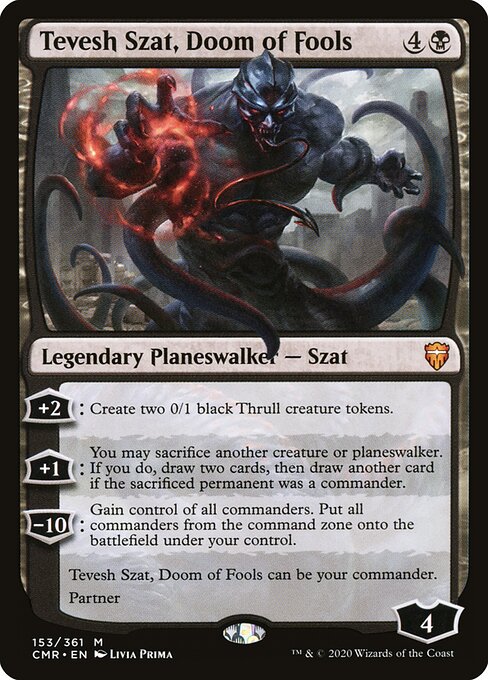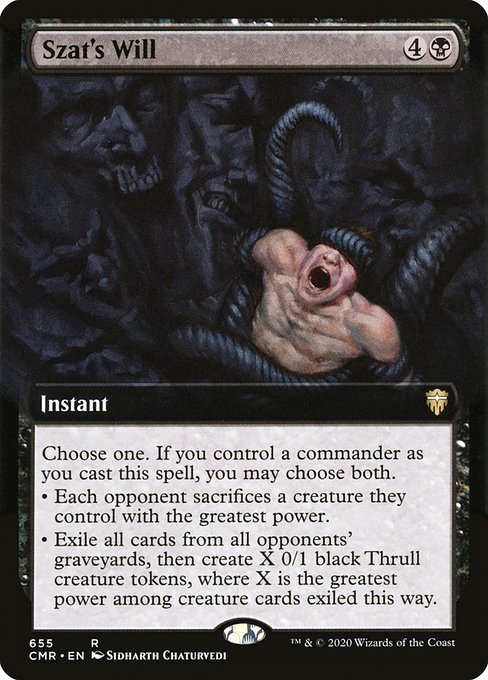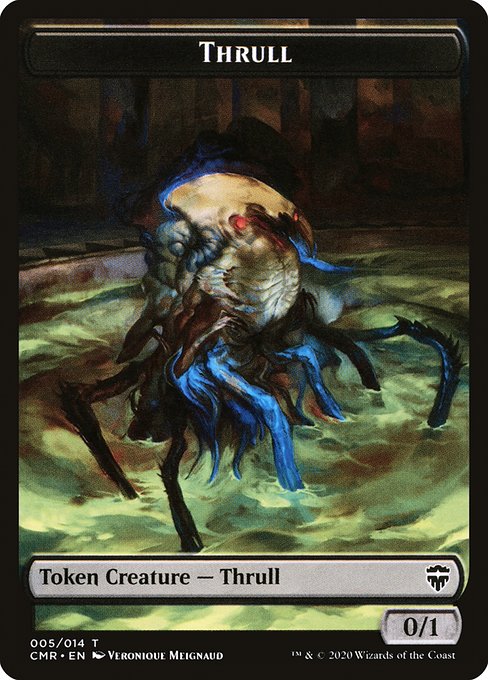Voluntad de Szat
Instantáneo
Elige uno. Si controlas un comandante al lanzar este hechizo, puedes elegir los dos.
• Cada oponente sacrifica una criatura que controla con la mayor fuerza.
• Exilia todas las cartas de los cementerios de todos los oponentes, luego crea X fichas de criatura Thrull negras 0/1, donde X es la mayor fuerza entre las cartas de criatura exiliadas de esta manera.
• Cada oponente sacrifica una criatura que controla con la mayor fuerza.
• Exilia todas las cartas de los cementerios de todos los oponentes, luego crea X fichas de criatura Thrull negras 0/1, donde X es la mayor fuerza entre las cartas de criatura exiliadas de esta manera.
standard
future
historic
gladiator
pioneer
modern
legacy
pauper
vintage
penny
commander
brawl
alchemy
paupercommander
duel
oldschool
premodern
Rulings
Once you’ve chosen both modes for the spell, it doesn’t matter whether you continue to control a commander. This is true even if you somehow no longer control a commander as you finish casting the spell.
Once you’ve announced that you’re casting a spell, players can’t take any actions until you’ve finished doing so. Notably, opponents can’t try to remove your commander to change how many modes you may choose.
If both modes are chosen, and an opponent sacrifices a creature token to the first mode, that token will be in the graveyard as the instructions in the second mode are followed. As it’s not a creature card, it won’t be exiled, and it won’t be considered for determining the value of X. The token will cease to exist after Szat’s Will resolves.
The commander you control doesn’t have to be your commander.
Each opponent considers their creatures independently. For example, if one opponent controls creatures with powers 4 and 5, and another opponent controls creatures with powers 2 and 7, the creatures with powers 5 and 7 will be sacrificed.
Even though the card is named after a specific character, controlling any commander will satisfy its condition.
If both modes are chosen, they happen in the stated order. Any creature cards that end up in an opponent’s graveyard because they were sacrificed for the first mode will be exiled as the instructions for the second mode are followed.
For the second mode, use the powers of the creature cards as they existed in the graveyard to determine the value of X.
There’s no extra bonus if you control more than one commander.
If an opponent controls more than one creature with the greatest power among creatures they control, they choose which one to sacrifice.
Once you’ve announced that you’re casting a spell, players can’t take any actions until you’ve finished doing so. Notably, opponents can’t try to remove your commander to change how many modes you may choose.
If both modes are chosen, and an opponent sacrifices a creature token to the first mode, that token will be in the graveyard as the instructions in the second mode are followed. As it’s not a creature card, it won’t be exiled, and it won’t be considered for determining the value of X. The token will cease to exist after Szat’s Will resolves.
The commander you control doesn’t have to be your commander.
Each opponent considers their creatures independently. For example, if one opponent controls creatures with powers 4 and 5, and another opponent controls creatures with powers 2 and 7, the creatures with powers 5 and 7 will be sacrificed.
Even though the card is named after a specific character, controlling any commander will satisfy its condition.
If both modes are chosen, they happen in the stated order. Any creature cards that end up in an opponent’s graveyard because they were sacrificed for the first mode will be exiled as the instructions for the second mode are followed.
For the second mode, use the powers of the creature cards as they existed in the graveyard to determine the value of X.
There’s no extra bonus if you control more than one commander.
If an opponent controls more than one creature with the greatest power among creatures they control, they choose which one to sacrifice.
Rulings
Once you’ve chosen both modes for the spell, it doesn’t matter whether you continue to control a commander. This is true even if you somehow no longer control a commander as you finish casting the spell.
Once you’ve announced that you’re casting a spell, players can’t take any actions until you’ve finished doing so. Notably, opponents can’t try to remove your commander to change how many modes you may choose.
If both modes are chosen, and an opponent sacrifices a creature token to the first mode, that token will be in the graveyard as the instructions in the second mode are followed. As it’s not a creature card, it won’t be exiled, and it won’t be considered for determining the value of X. The token will cease to exist after Szat’s Will resolves.
The commander you control doesn’t have to be your commander.
Each opponent considers their creatures independently. For example, if one opponent controls creatures with powers 4 and 5, and another opponent controls creatures with powers 2 and 7, the creatures with powers 5 and 7 will be sacrificed.
Even though the card is named after a specific character, controlling any commander will satisfy its condition.
If both modes are chosen, they happen in the stated order. Any creature cards that end up in an opponent’s graveyard because they were sacrificed for the first mode will be exiled as the instructions for the second mode are followed.
For the second mode, use the powers of the creature cards as they existed in the graveyard to determine the value of X.
There’s no extra bonus if you control more than one commander.
If an opponent controls more than one creature with the greatest power among creatures they control, they choose which one to sacrifice.
Once you’ve announced that you’re casting a spell, players can’t take any actions until you’ve finished doing so. Notably, opponents can’t try to remove your commander to change how many modes you may choose.
If both modes are chosen, and an opponent sacrifices a creature token to the first mode, that token will be in the graveyard as the instructions in the second mode are followed. As it’s not a creature card, it won’t be exiled, and it won’t be considered for determining the value of X. The token will cease to exist after Szat’s Will resolves.
The commander you control doesn’t have to be your commander.
Each opponent considers their creatures independently. For example, if one opponent controls creatures with powers 4 and 5, and another opponent controls creatures with powers 2 and 7, the creatures with powers 5 and 7 will be sacrificed.
Even though the card is named after a specific character, controlling any commander will satisfy its condition.
If both modes are chosen, they happen in the stated order. Any creature cards that end up in an opponent’s graveyard because they were sacrificed for the first mode will be exiled as the instructions for the second mode are followed.
For the second mode, use the powers of the creature cards as they existed in the graveyard to determine the value of X.
There’s no extra bonus if you control more than one commander.
If an opponent controls more than one creature with the greatest power among creatures they control, they choose which one to sacrifice.
Votre collection ? vos decks ?
Envie de gérer votre collection et/ou créer des decks ?
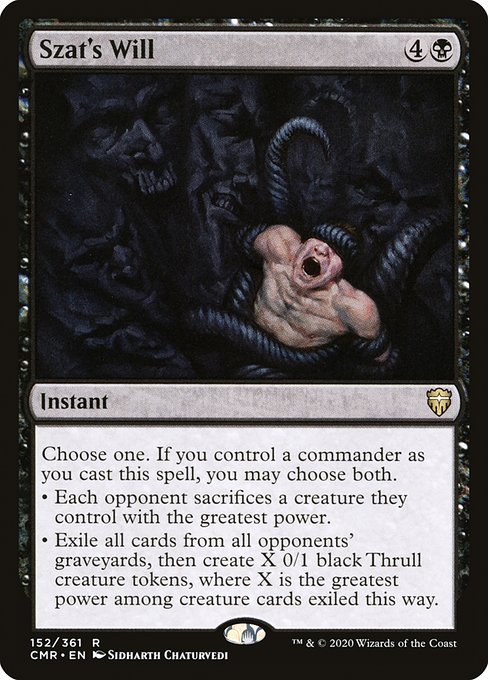
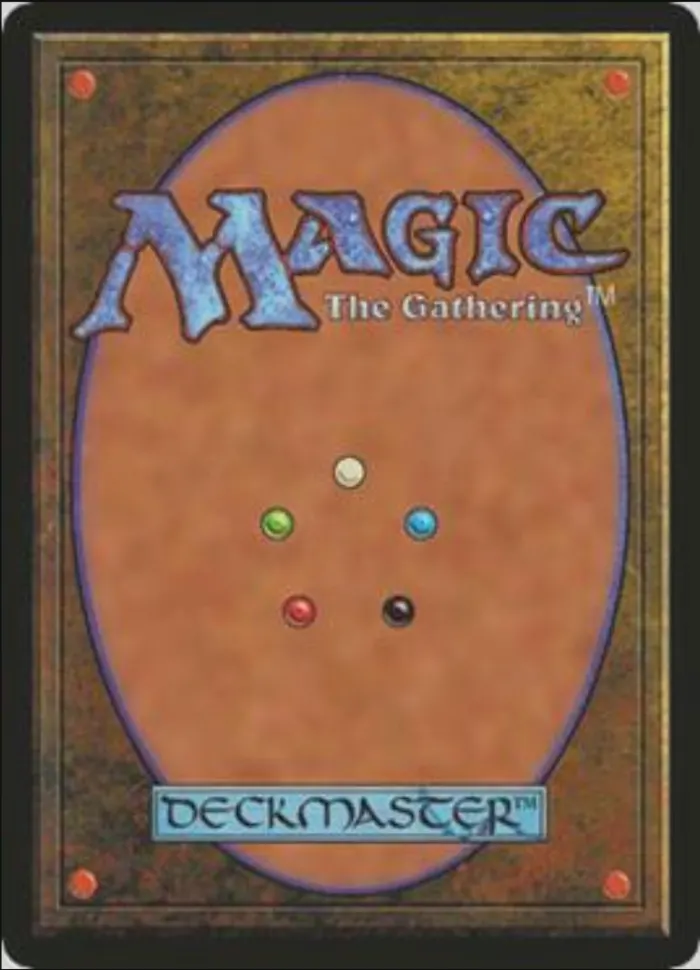
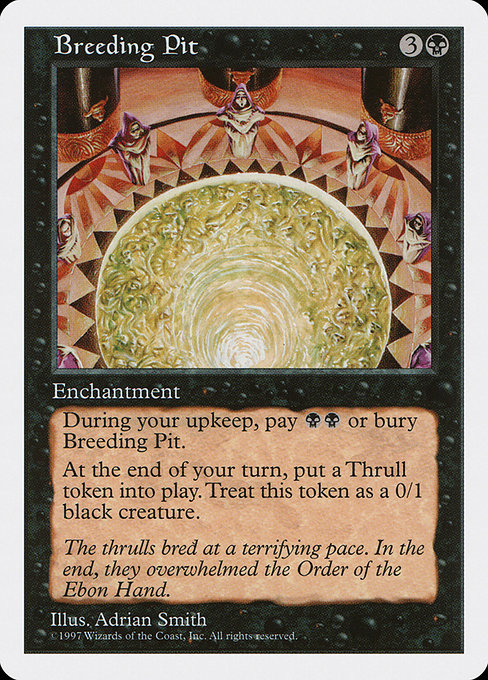

 0.34€
0.34€
